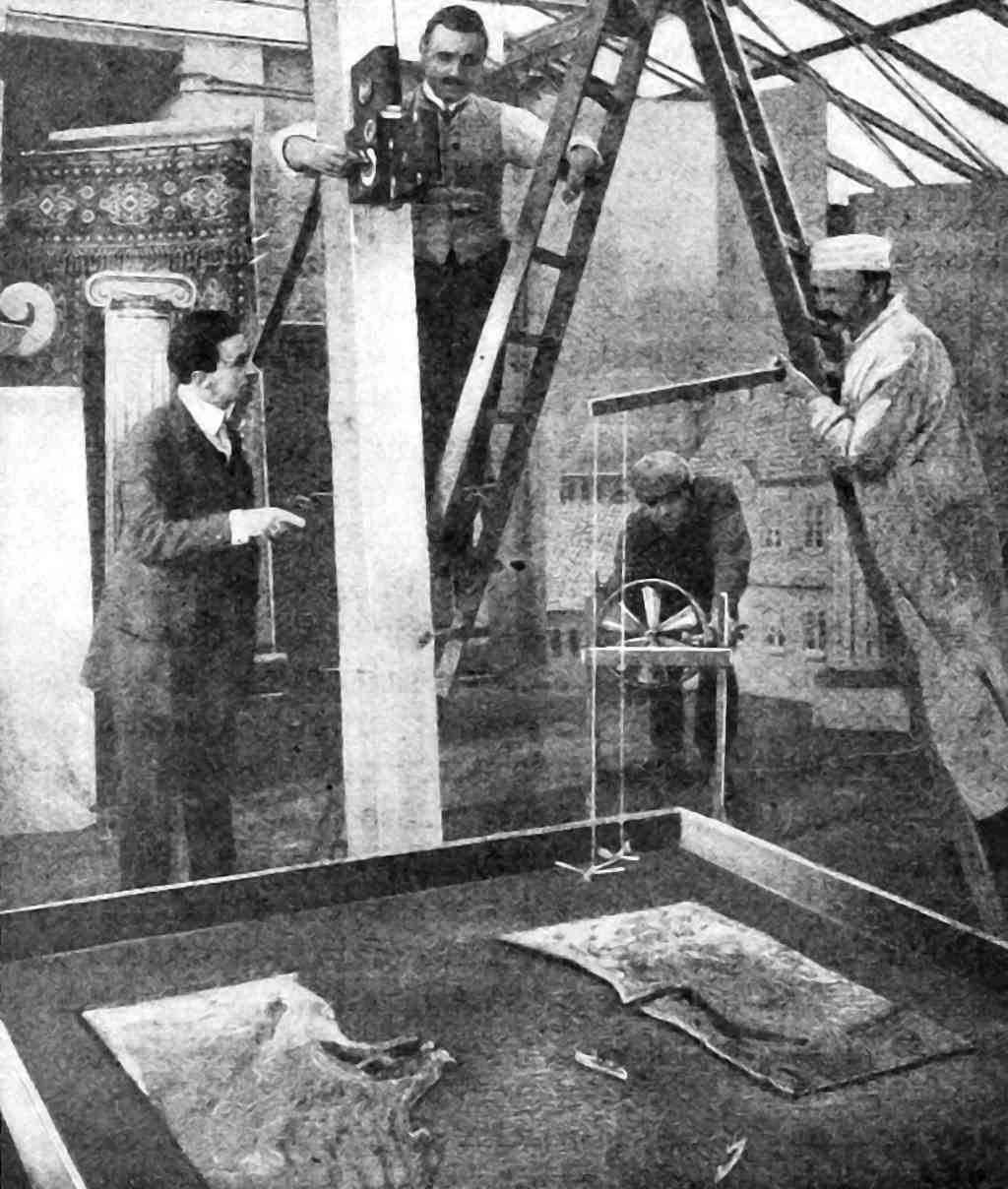Learnable coarse-graining
Approximate meso-scale physics
2020-08-23 — 2023-07-31
The great success of statistical mechanics is that it has discovered some coarse-grained representations of complicated systems, under some very specific approximations. Can we learn more general coarse-grainings from data?
I am not yet sure if this is a separate topic from multi-fidelity modeling. It does relate to learning with conservation laws.
An interesting philosophical confusion in this idea: We mix together statistical mechanics, which is about randomness from many things together, with statistics, which is about uncertainty. Hijinks ensue.
The intro to a recent workshop will do to set the scene. CECAM - (Machine) learning how to coarse-grain:
Coarse-grained (CG) models aim at a reduced description of a molecular system, offering not only practical benefits, such as significant computational advantages, but also the means to effectively test what subset of degrees of freedom and interactions are sufficient to describe physical processes of interest (Noid 2013; Voth 2008). While the last few decades have yielded significant advances in the development of coarse-grained models—from foundational considerations to practical force-field parametrization algorithms and methods—a number of strong assumptions the community makes has plagued its further development. For instance, the persistent description of nonbonded interactions in terms of pairwise functions alone puts a severe bound on the quality of these models, ultimately sacrificing accuracy and transferability.
Machine learning (ML) models—a class of statistical models that systematically improve with increased training data—have recently percolated in many areas of science as a novel powerful tool (Butler et al. 2018). While significant developments have been made in the context of applying ML in chemistry and materials science as a way to speed-up computationally-expensive quantum-chemistry calculations (4, 5, 6, Behler 2016), the progress for CG models has been much more limited, due in part to a lack of improved computational scaling. While the development of CG force fields, using either kernels (Behler 2016) or neural networks (John and Csányi 2017; Lemke and Peter 2017; Zhang et al. 2018), has been demonstrated, there is still a need to address more complex systems and computational efficiency.
